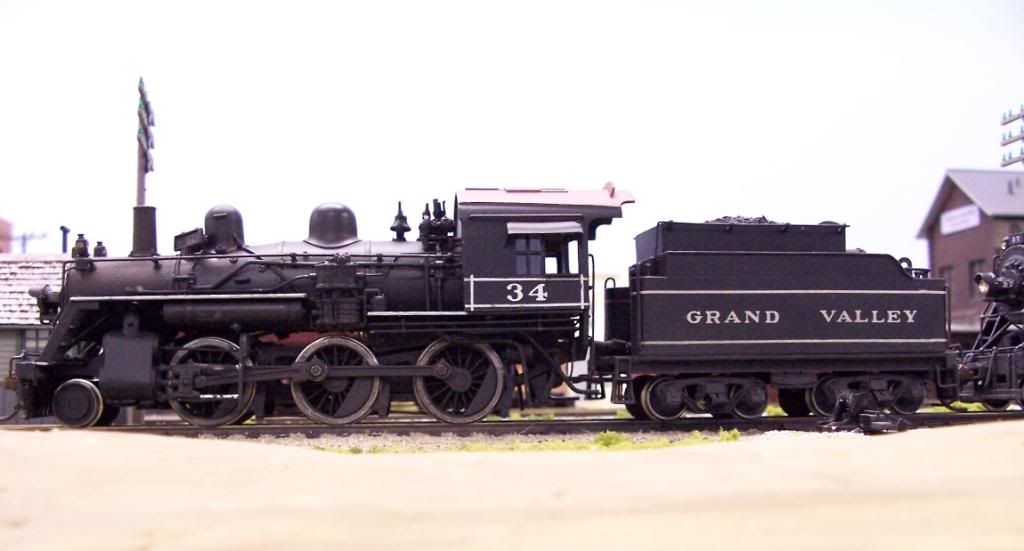Well I suspect at least some purchasers/collectors wanted to keep it unpainted for its jewel-like prettiness. Ironically the importers eventually started to have the engines PAINTED a brass color to look even nicer (and to prevent the tarnish which raw unpainted brass was subject to). Supposedly the brass colored paint made a good primer, but most guys I know stripped it off and started over if they wanted to paint their engines.
You can really appreciate the skilled soldering involved when it is unpainted.
Also since purchasers of brass were often more advanced, they would often unsolder and move the details around to match a particular example of the engine in question since, as is discussed in another thread on the Forums, there was great variety within a class of engines even within the same time frame. And some guys were more fussy about detail parts and made changes to their engines so again, they would prefer it not be painted. As noted earlier back in the prime brass years lots of guys had their own railroad name and numbers for engines so again, a painted version would not be what they’d want. (And often “their” railroad had different standards for where the headlight was placed, the generator, and so on, so again they’d be moving stuff around. Or they’d b


